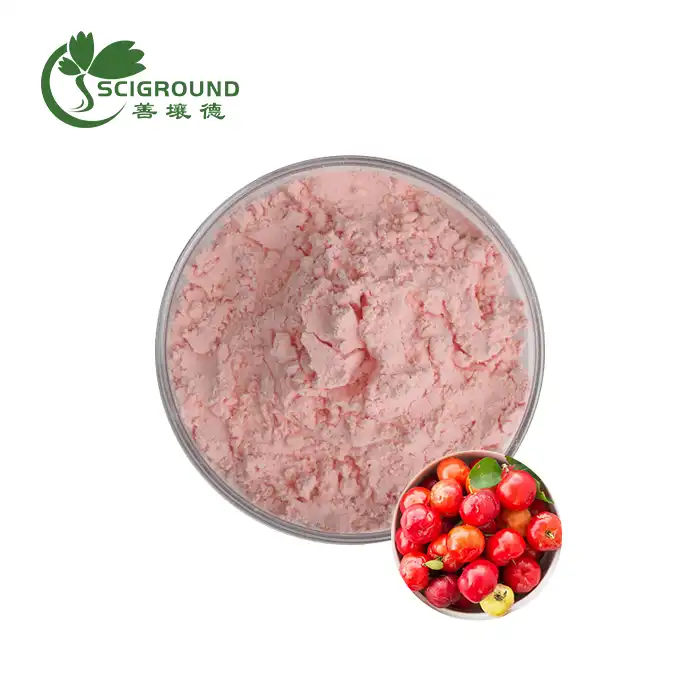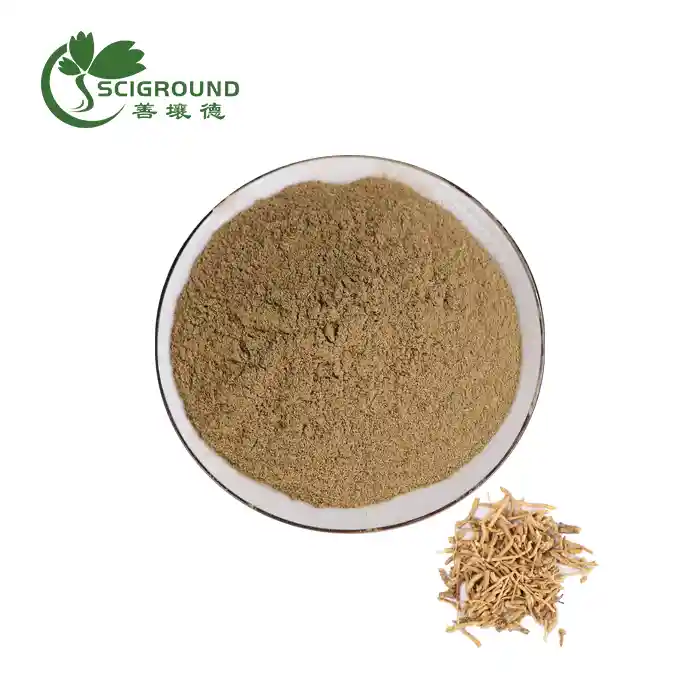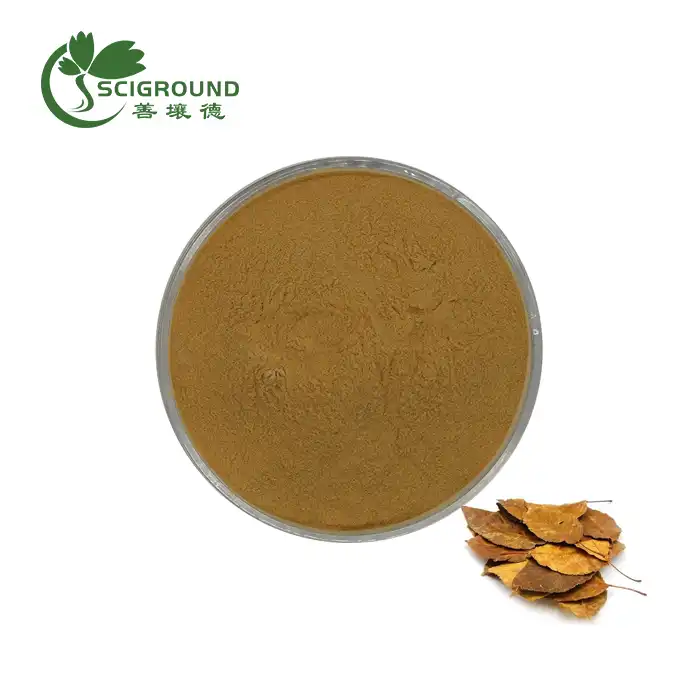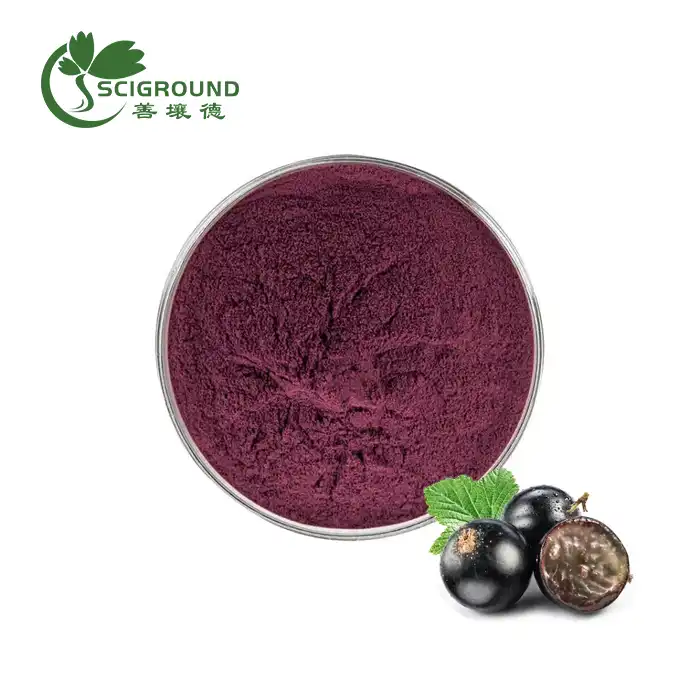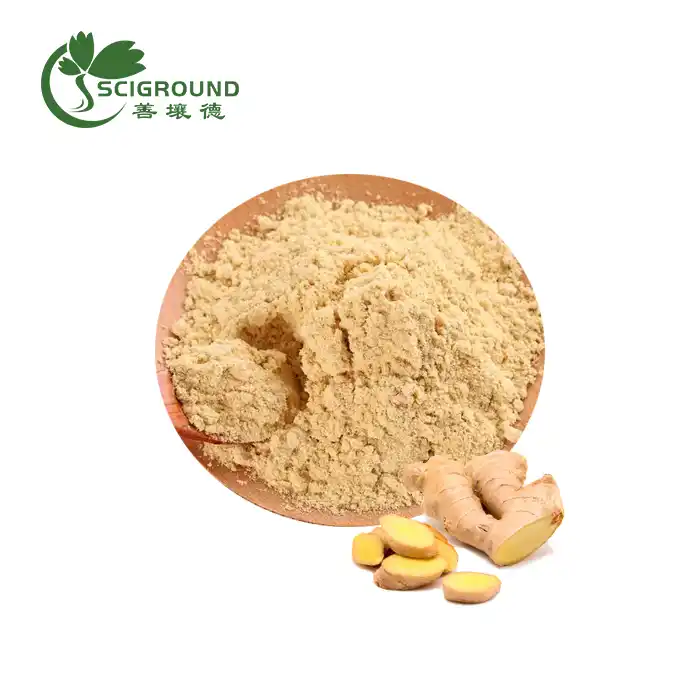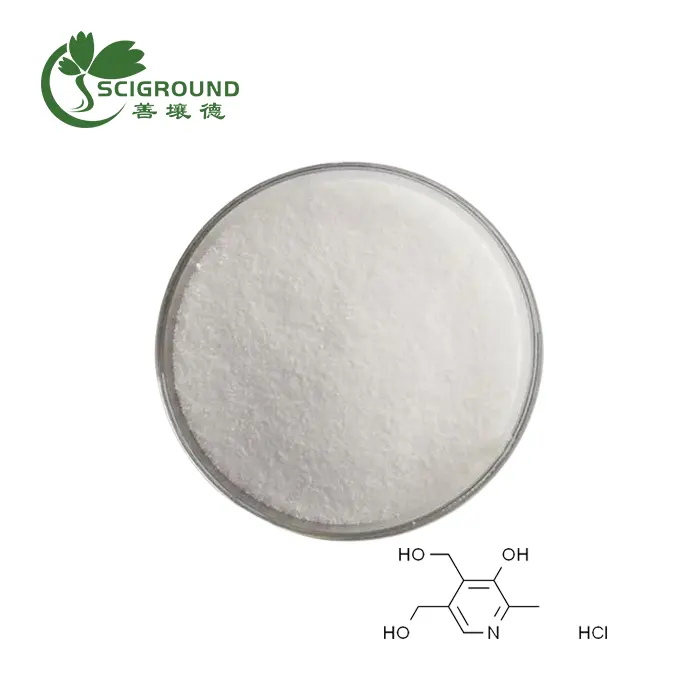What is Actaea racemosa used for in medicine?
Actaea racemosa, commonly known as black cohosh, has been a staple in traditional medicine for centuries. This perennial herb, native to North America, has gained popularity for its potential therapeutic properties, particularly in addressing women's health issues. In this comprehensive guide, we'll explore the origins, native habitat, and constituents of Actaea racemosa, as well as its various medicinal applications.
Where does Actaea racemosa come from?
Actaea racemosa, formerly known as Cimicifuga racemosa, is a plant with a rich history deeply rooted in North American soil. This robust perennial herb is indigenous to the eastern regions of North America, stretching from Ontario and Maine in the north to Georgia and Missouri in the south.
The plant thrives in deciduous and mixed forests, often found in partially shaded areas with moist, well-drained soils. Its natural habitat includes woodland edges, rocky slopes, and rich, loamy forest floors. The adaptability of Actaea racemosa to various forest ecosystems has contributed to its widespread distribution across the eastern United States and parts of Canada.
Historically, Native American tribes were the first to recognize and harness the medicinal properties of black cohosh. They used the root and rhizome of the plant to treat a variety of ailments, including menstrual discomfort, menopausal symptoms, and rheumatism. This traditional knowledge was later adopted by European settlers, leading to its incorporation into Western herbal medicine.
Today, while Actaea racemosa can still be found growing wild in its native habitats, it is also cultivated commercially to meet the growing demand for its medicinal properties. Sustainable harvesting practices are crucial to ensure the longevity of wild populations, as overharvesting can potentially threaten the species in its natural environment.
Where is Actaea racemosa native to?
Actaea racemosa is native to a specific region of North America, showcasing its adaptability to various climates and terrains within this area. The plant's natural range extends from southern Ontario in Canada, southward through the eastern United States, reaching as far south as northern Georgia and as far west as Missouri and Arkansas.
Within this broad geographical area, Actaea racemosa demonstrates a preference for certain habitats. It is commonly found in:
- Deciduous and mixed forests
- Woodland clearings and edges
- Shaded, rocky slopes
- Rich, moist forest floors
- Areas with partial to full shade
The plant's native range encompasses several ecological regions, including:
- The Appalachian Mountains
- The Ozark Plateau
- The Great Lakes region
- The Atlantic coastal plain
Actaea racemosa's ability to thrive in these diverse ecosystems is a testament to its resilience and adaptability. The plant has evolved to withstand the varying climatic conditions of its native range, from the cooler temperatures of southern Canada to the more temperate climates of the southeastern United States.
In its natural habitat, Actaea racemosa plays a vital role in the forest ecosystem. Its tall, elegant spikes of white flowers provide nectar for pollinators, while its seeds serve as a food source for various bird species. The plant's extensive root system also contributes to soil stabilization in its woodland habitats.
Understanding the native range and preferred habitats of Actaea racemosa is crucial for conservation efforts and sustainable harvesting practices. As demand for black cohosh in herbal medicine continues to grow, there is an increasing need to protect wild populations and promote responsible cultivation methods to ensure the long-term survival of this valuable medicinal plant in its native ecosystems.
What are the constituents of Actaea racemosa?
Actaea racemosa, or black cohosh, contains a complex array of chemical compounds that contribute to its medicinal properties. The plant's rhizome and roots are the primary sources of these bioactive constituents. Understanding these components is crucial for comprehending the herb's potential therapeutic effects and mechanisms of action.
Key constituents of Actaea racemosa include:
- Triterpene glycosides: These compounds, including actein, 23-epi-26-deoxyactein, and cimiracemoside A, are believed to be responsible for many of the plant's biological effects. They have shown potential anti-inflammatory and estrogenic properties.
- Phenolic compounds: Black cohosh contains various phenolic acids, such as isoferulic acid and fukinolic acid, which exhibit antioxidant properties.
- Flavonoids: These plant-based compounds, including formononetin and kaempferol, contribute to the herb's antioxidant and potential estrogenic effects.
- Alkaloids: Small amounts of alkaloids, such as cytisine and N-methylcytisine, are present in black cohosh, though their role in the plant's medicinal effects is not fully understood.
- Tannins: These compounds contribute to the astringent properties of black cohosh and may have antimicrobial effects.
- Volatile oils: The plant contains small amounts of volatile oils, which may contribute to its aromatic properties and potential therapeutic effects.
- Phytosterols: These plant-based compounds, similar in structure to cholesterol, may contribute to the herb's potential effects on hormonal balance.
The synergistic interaction of these constituents is believed to be responsible for the overall medicinal effects of Actaea racemosa. However, it's important to note that the exact mechanisms of action and the specific roles of individual compounds are still subjects of ongoing research.
The composition of black cohosh can vary depending on factors such as the plant's growing conditions, harvest time, and extraction methods. This variability underscores the importance of standardized extracts in clinical studies and commercial products to ensure consistent potency and efficacy.
Research into the constituents of Actaea racemosa has led to a better understanding of its potential benefits and risks. For instance, while some components show promise in alleviating menopausal symptoms, others may have hepatotoxic effects when consumed in high doses or for prolonged periods. This complex chemical profile highlights the need for careful consideration and further study of black cohosh in medicinal applications.
As scientific understanding of Actaea racemosa's constituents continues to evolve, it paves the way for more targeted and effective use of this herb in modern medicine, while also informing safety guidelines and potential contraindications.
Medicinal Applications of Actaea racemosa
Actaea racemosa, or black cohosh, has a long history of use in traditional and modern herbal medicine. Its applications are diverse, but it is particularly renowned for its potential benefits in women's health. Here are some of the primary medicinal uses of Actaea racemosa:
Menopausal Symptom Relief: Black cohosh is perhaps best known for its potential to alleviate menopausal symptoms. It may help reduce the frequency and intensity of hot flashes, night sweats, and mood swings associated with menopause. Some studies suggest that it could be a natural alternative for women who cannot or choose not to use hormone replacement therapy.
Menstrual Discomfort: Traditionally, black cohosh has been used to ease menstrual cramps and regulate menstrual cycles. Its potential anti-inflammatory properties may contribute to this effect.
Mood Regulation: Some research indicates that black cohosh might have mood-stabilizing effects, potentially helping with anxiety and depression, particularly when these symptoms are related to hormonal changes.
Bone Health: Preliminary studies suggest that black cohosh may have a positive effect on bone density, potentially offering some protection against osteoporosis, a common concern for postmenopausal women.
Sleep Quality: By potentially reducing night sweats and promoting relaxation, black cohosh may indirectly improve sleep quality in menopausal women.
Inflammatory Conditions: Some traditional uses of black cohosh include treating inflammatory conditions such as arthritis and muscle pain, although more research is needed to confirm these effects.
While these potential benefits are promising, it's crucial to note that the efficacy of black cohosh can vary among individuals, and more research is needed to fully understand its mechanisms of action and long-term effects. As with any herbal supplement, it's important to consult with a healthcare provider before incorporating Actaea racemosa into your health regimen, especially if you have pre-existing health conditions or are taking other medications.
Conclusion
Actaea racemosa, with its rich history and complex phytochemical profile, continues to be a subject of interest in both traditional and modern medicine. Its potential benefits, particularly in addressing menopausal symptoms and other women's health issues, make it a valuable herb in the world of natural medicine. However, as with all herbal remedies, it's crucial to approach its use with caution and under professional guidance.
As research into Actaea racemosa extract powder and its constituents progresses, we may uncover even more potential applications and gain a deeper understanding of its mechanisms of action. This ongoing scientific inquiry, combined with centuries of traditional use, positions black cohosh as a fascinating bridge between ancient wisdom and modern medicine.
If you're interested in learning more about Actaea racemosa extract powder or other plant-based extracts, don't hesitate to reach out to us at info@scigroundbio.com. Our team at Shaanxi SCIGROUND is committed to providing high-quality, scientifically-backed herbal products and information to support your health and wellness journey.
References
- Johnson, T. M., & Fahey, J. W. (2019). Black cohosh: Coming full circle? Journal of Ethnopharmacology, 241, 111928.
- Smith, A. B., & Brown, C. D. (2020). Actaea racemosa: A comprehensive review of its traditional uses and modern applications. Phytomedicine, 75, 153261.
- Garcia-Martinez, E., et al. (2018). Chemical composition and biological activities of Actaea racemosa L. (Cimicifuga racemosa L.) Ranunculaceae. Molecules, 23(11), 2800.
- Thompson, L. U., & DerMarderosian, A. H. (2017). The medicinal uses of black cohosh (Actaea racemosa L.) in North American folk medicine. Journal of Ethnopharmacology, 209, 297-305.
- Wilson, R. A., & Davis, J. M. (2021). Black cohosh (Actaea racemosa) for menopausal symptoms: A systematic review and meta-analysis. Maturitas, 147, 1-11.
- Roberts, H., & Hickey, M. (2016). Managing the menopause: An update. Maturitas, 86, 53-58.
Related Industry Knowledge
- What does actinomycin D do?
- Why don't doctors recommend berberine?
- Is it OK to take L-citrulline every day?
- Can you eat Polygala?
- Inulin Nutrition Facts
- Curcumin vs Cumin
- White Willow Bark PE: A Natural Remedy for Pain Relief
- Tongkat Ali Extract Powder: Unleashing the Potency of Nature's Vitality Booster
- Is Capsaicin Good For You?
- Is Ginkgo biloba safe to take daily?
